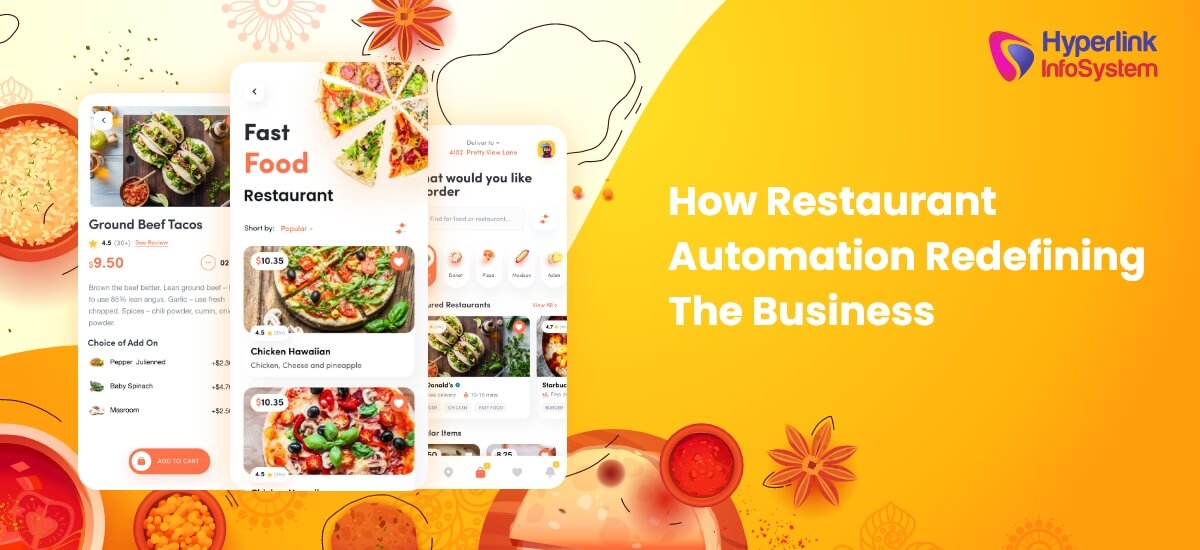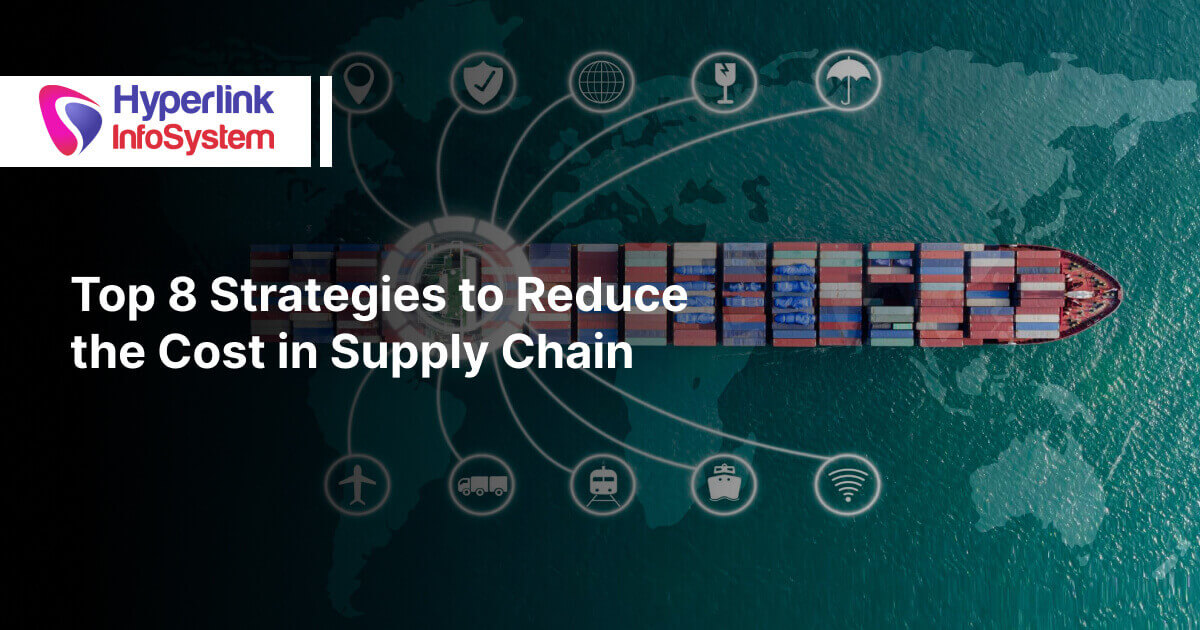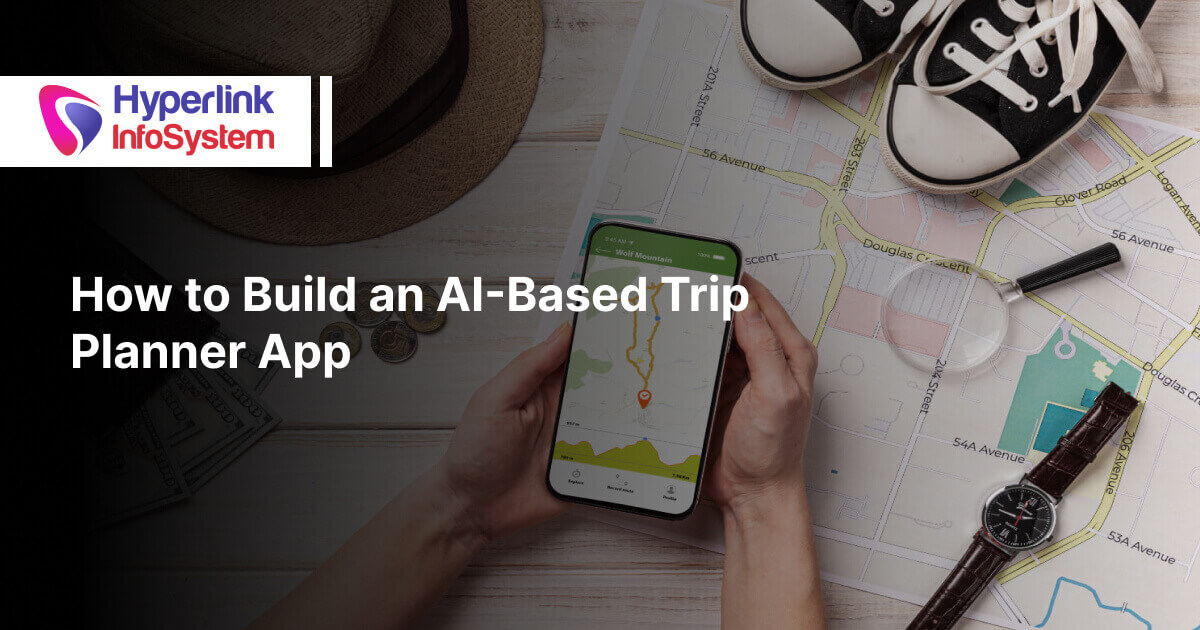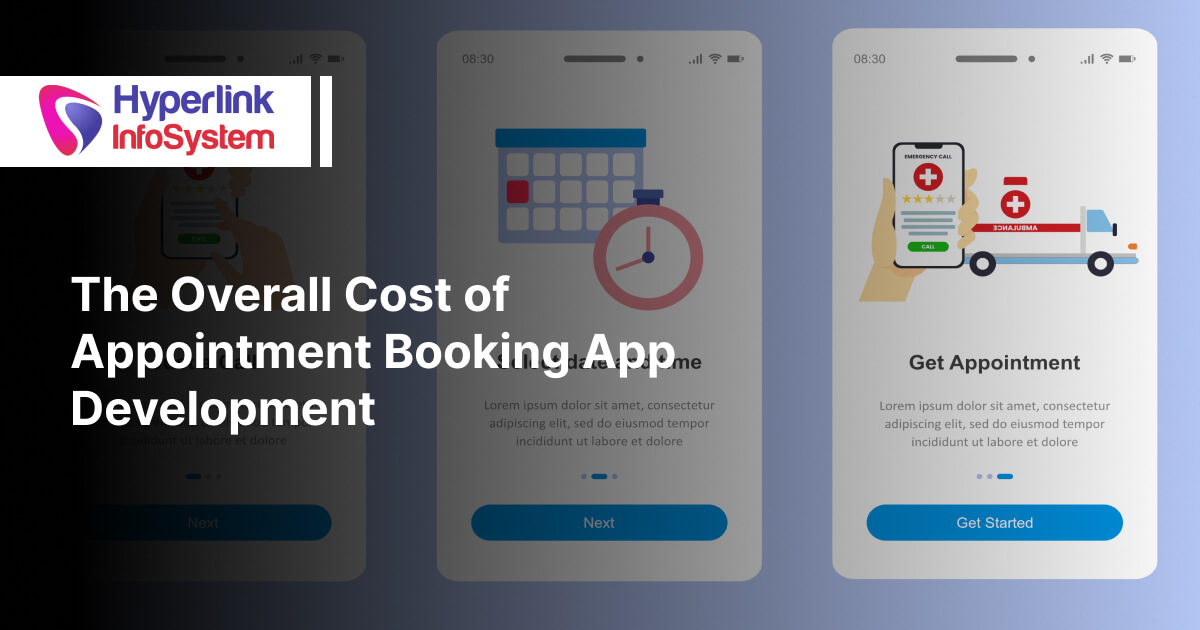For most people, it matters what kind of restaurant it is, how they are serving their food, ambience, services, and much more. However, now restaurants have embrace automation, which has to turn out to be a game-changer for them.
The service has shifted to unique and extraordinary with automation. For restaurant owners, it has made their work quite effortless and manageable. Everyday companies develop, improve, and upgrade impressive technology to automate day-to-day processes. It gains from reduced operating costs, better customer service, and an overall productivity improvement.
As per the survey conducted by markets and markets, by 2022, the value of food automation will reach $12.26 billion. Therefore, clearly, there are increases in the adoption of restaurant automation globally.
So, What Is Restaurant Automation?
When restaurants embrace application, technology, and software for managing, cooking, payroll, controlling order, management, and much more, that is considered restaurant automation. It supports restaurant management and owners to operate and accomplish tasks with automation workflow. It is a quite beneficial and unique concept for restaurants; however, it is not a new concept in the industry.
Several famous restaurants or food chains such as MacDonalds have adopted restaurant automation. It is beneficial by saving time for both employees and customers. Restaurant Automation is less time-consuming and efficient management.
How Restaurant Use Automation for Efficient Business?
Automating Delivery
The foodservice industry has many opportunities to upgrade its delivery systems with advances in technology around driverless automobiles and drone delivery. In addition, the supply is increasingly popular with the growth of fantastic restaurants and food supply-only companies. As with robots on the front and back of the house, companies already test and see how driverless delivery systems work.
While this technology is innovative and cutting-edge, it is now limited to a local area due to the robot's limited speed of few miles per hour. So don't expect to see robots making deliveries across town anytime soon. Another thing to keep in mind is that these types of automated delivery systems are presently only being tried in metropolitan settings, so implementing drone or robotic delivery in suburban or rural situations will require some technical adaptations.
Quick Online Payments
Online payments have made the lives of both customers and service providers easier, thanks to modern restaurant technology. Online payments eliminate the need for your consumers to rush to the nearest ATM to withdraw cash or, in the instance of a home meal delivery, to order at all.
Bill creation and payment via mobile phones or virtual wallets have also been shown to speed up the bill settlement process, allowing restaurants to operate more efficiently. After they've finished eating, guests can pay their bills directly from their phones. Many online payment options have emerged in the market, such as Phonepe, Paytm, and others, which have substantially enhanced the process.
Automate Reservations
Automated restaurant reservations are ripe for disruption; in fact, it has already occurred in the last ten years. Hosts can spend up to eight hours each day on the phone taking reservations and confirming them. In busy restaurants, this may necessitate the hiring of two or three full-time employees solely to manage reservations.
Restaurants can use reservation automation systems to automate the reservation process using online booking platforms. Guests can see real-time table availability on the restaurant's website and book directly using these tools. These technologies can also autonomously seat visitors and optimize table allocations without the need for the host stand to raise a finger. Reservation automation is one of the simplest and least expensive ways for restaurants to begin automating.
Inventory Management
When it comes to managing your kitchen's raw materials and supplies, an inventory management system connected with POS software comes in helpful. You may keep track of the product's shelf life and assess the kitchen's needs. It will forecast how long the present stock will last, as well as allow you to set reminders to order more when it runs out, reducing waste.
It also creates comprehensive reports to track all raw materials. You can also give roles and allowances that help reduce pilferage to the inventory. Inventory management was the most common automation in the restaurant sector and will develop over the years!
Increased Loyalty
The costs of purchasing a new customer are far higher than retaining previous customers. Loyal consumers also spend more and will probably also refer their friends. Running client loyalty programs is therefore one of the oldest tactics in the book in attracting and retaining customers.
Unlike the traditional card system, which accrues points with each transaction, restaurants now offer loyalty programs that include a customer database. The points are added to a customer's profile once he submits an order. To keep clients coming back for more, you can create tailored loyalty programs based on their ordering habits and history.
Final Words
With automation storming the world, fast-service restaurants profit from low cost and increased efficiency. Automation, from cooking to ordering and delivery, can lead to better satisfaction with customers, decreased expenses, and higher profitability. Find the best mobile app development company for your restaurants business.
 +1 309 791 4105
+1 309 791 4105




















































 +91 8000 161161
+91 8000 161161
